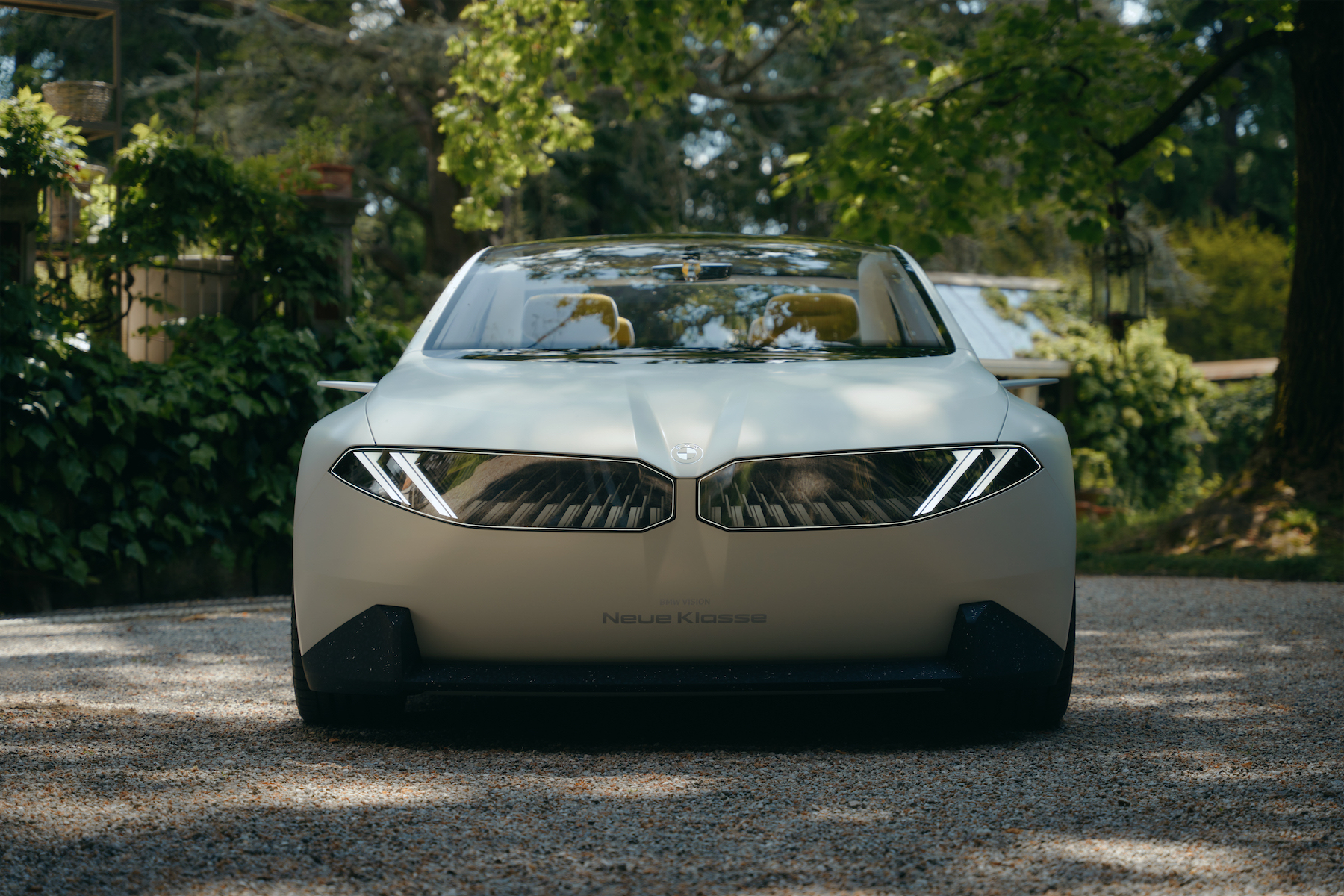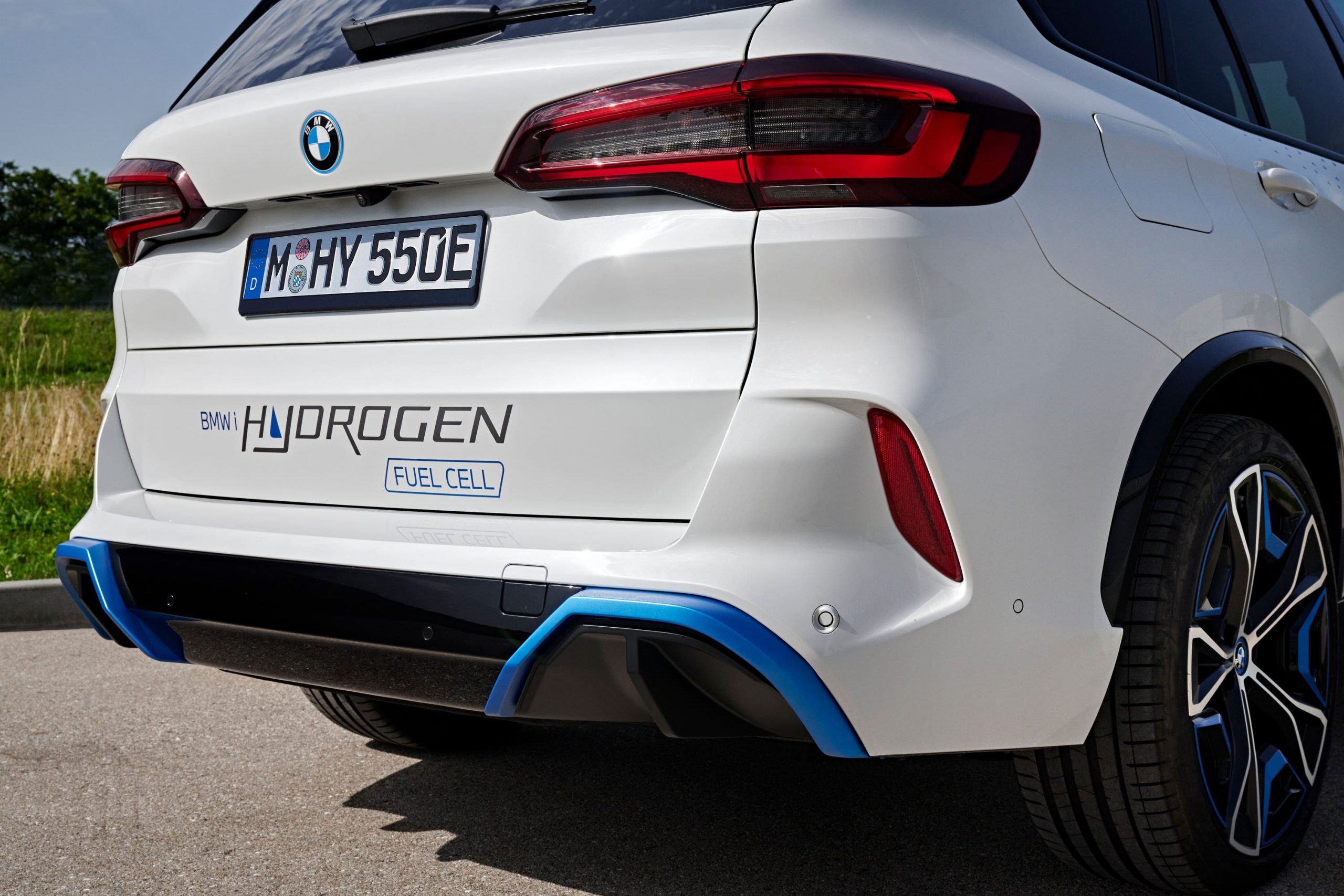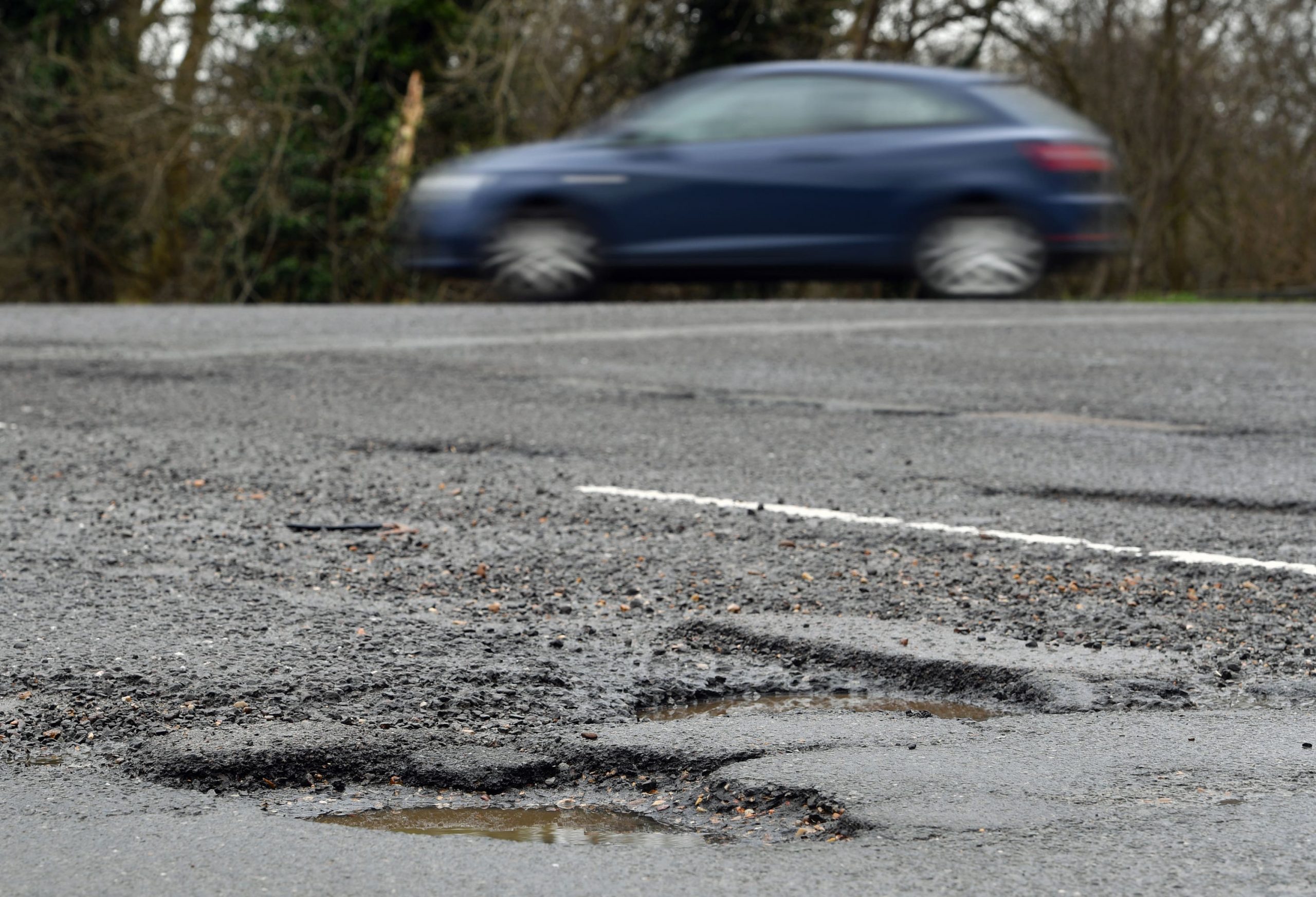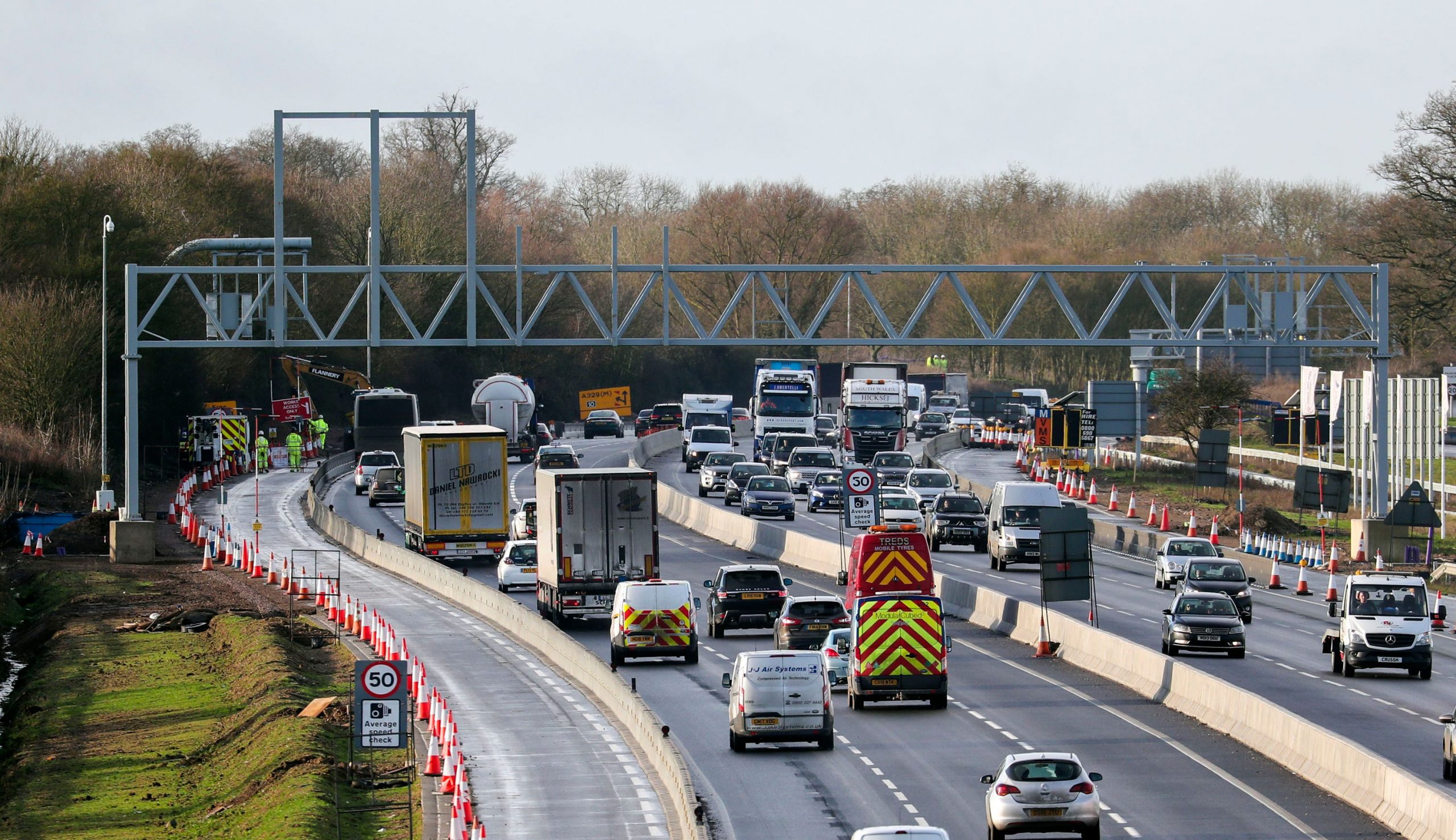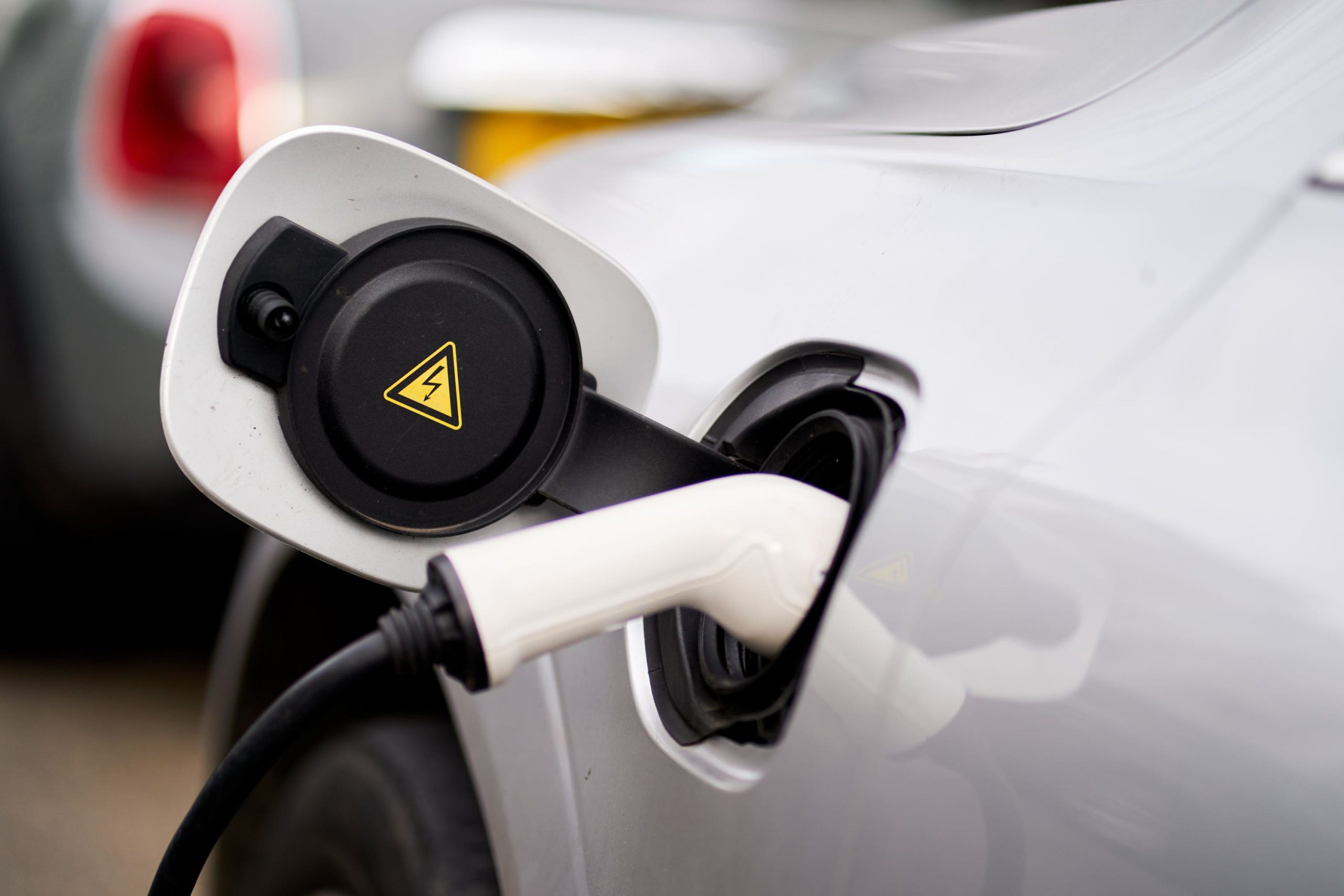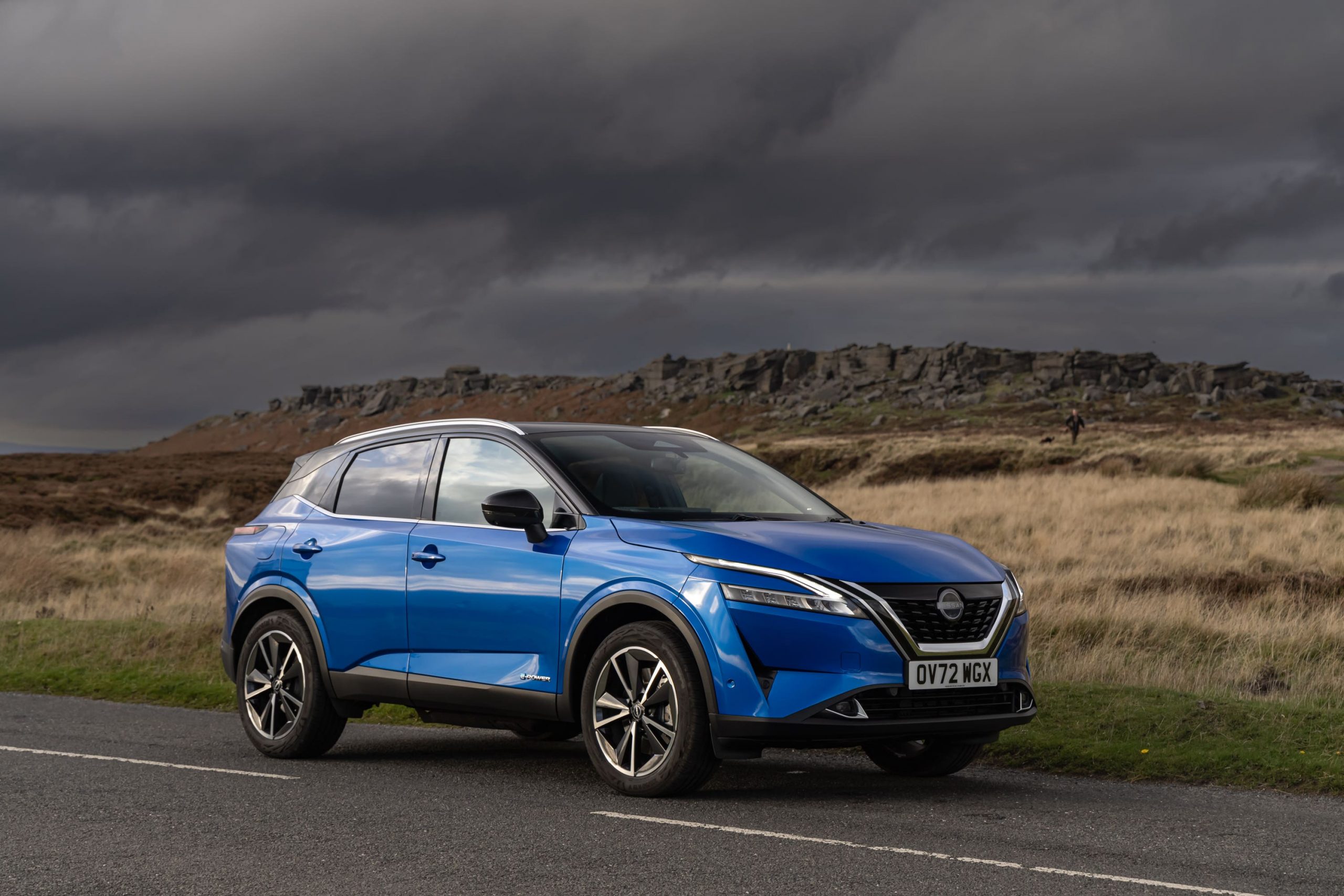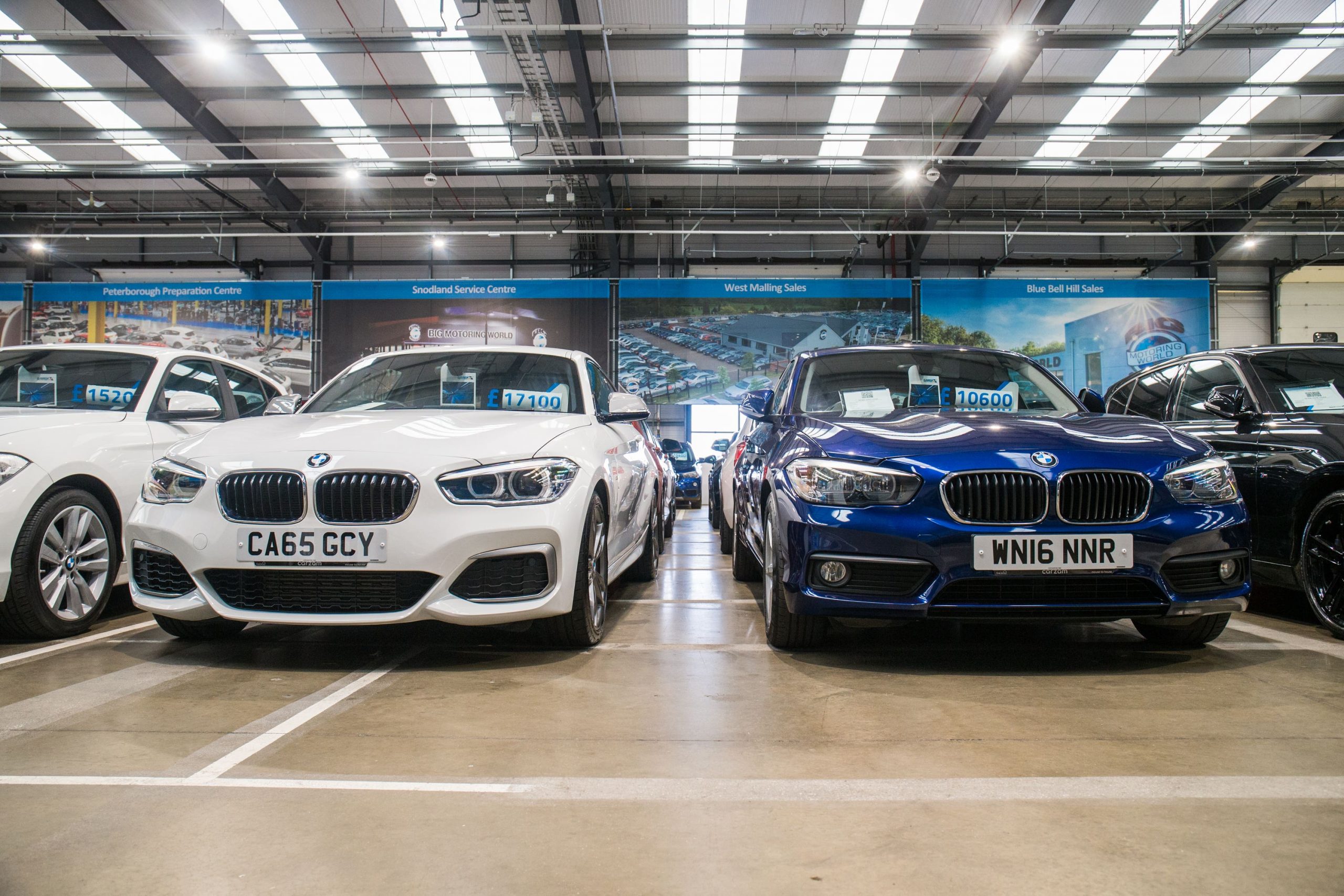BMW’s design director has said that he found the positive reception to the firm’s Neue Klasse concept to be a welcome surprise.
Adrian van Hooydonk said that he wasn’t aiming for controversy with the new concept, which showcases the future direction for BMW’s design. The futuristic electric model does incorporate a few hallmark BMW styling touches, including the prominent kidney grilles which, on the Neue Klasse, have been made smaller than we’ve come to expect from current models from the firm.
“If it hadn’t been like that, it would have been an unpleasant surprise,” van Hooydonk told Car Dealer at the Tokyo motor show.
“Because we were not looking for controversy. We are looking for a bigger change because we feel the more you push forward now, the longer your design will stay relevant.
“The world around us is now changing so rapidly, that we felt that it’s better and it is safer now to change a lot, rather than to not change enough.
“The risk of not changing enough is bigger than the risk of changing too much.”
Van Hooydonk took over from designed Chris Bangle in 2009 as the head of the design team responsible for BMW, Mini and Rolls-Royce, alongside the Motorrad motorcycle arm of the company.
The Neue Klasse has been billed as one of the most important concepts to come from BMW and is said to depict what we could expect from the German brand in years to come.
Van Hooydonk added: “When you change the core of your brand, you want to be very careful. You want to be very conscious of what you do.
“But again, if you don’t push it, then in five years’ time, you might regret it. So that’s how we came up with [Neue Klasse].
“It effectively skips a generation. If people squint a little bit they will see BMWs from 1970s, and that’s okay with us.
“It’s not retro design, we feel it’s modern, but there are hints of our past and we think that’s a good thing. But this is a change that will happen at the core of the BMW brand and it will spread very quickly.”

